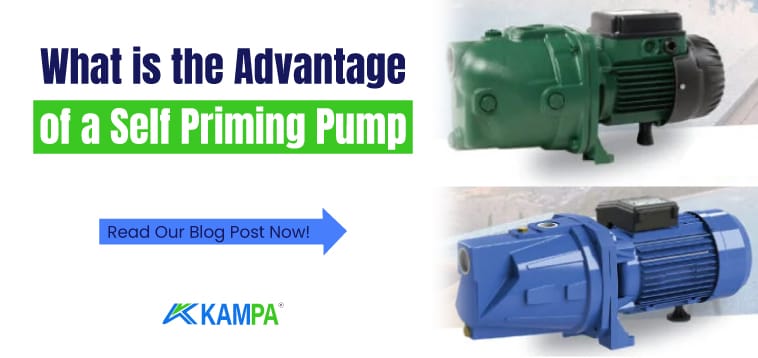What is the Advantage of a Self Priming Pump
A self priming pump is a type of pump that does not need a separate vacuum pump to suck in water. These pumps are designed to create enough pressure to keep the water flowing.
Table of Contents
The advantages of self-priming pumps are:
- Easy to install. The suction pump can be installed close to the water supply and does not require a separate vacuum pump, so no extra pipes or fittings are needed.
- Low maintenance. The ballast pump has a simple structure and does not fail often. They also do not contain parts such as special gaskets or seals to ensure air tightness, which reduces maintenance costs.
- Efficient. Self-priming pumps reduce the energy required to suck water and thus save electricity. They also ensure an uninterrupted flow of water and do not cause pressure loss.
- Flexible. Self-priming sewage pumps can adapt to different flow rates and pressure ratings. They can also handle different types of liquids, such as dirty or sandy water.
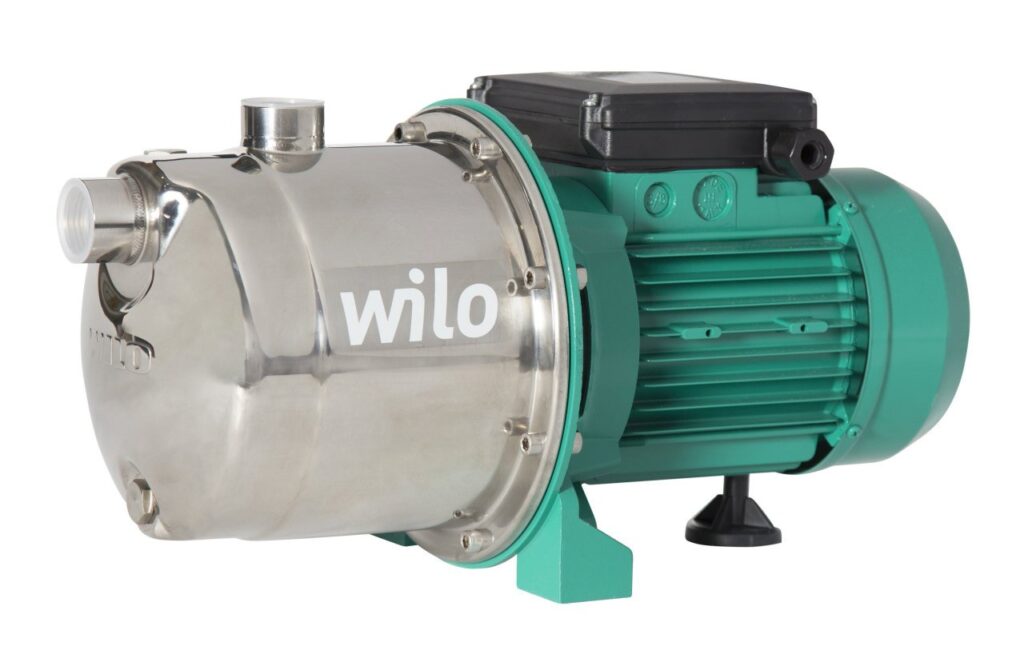
Self-priming injector pumps can be used in many areas such as garden irrigation, pool filling, fire fighting, industrial cleaning, agriculture and animal husbandry. These pumps can also be life-saving in places where there is no or little water.
As for how self-priming agricultural pumps work, it is based on a simple principle. When the pump is switched on, the impeller starts to rotate and pushes the water in the pump casing and sends it to the outlet pipe.
This creates a cavity behind the impeller, which allows the water to be sucked in. The sucked water travels towards the impeller and is pushed back into the outlet pipe. In this way, the pump continuously feeds itself and keeps the water flowing.
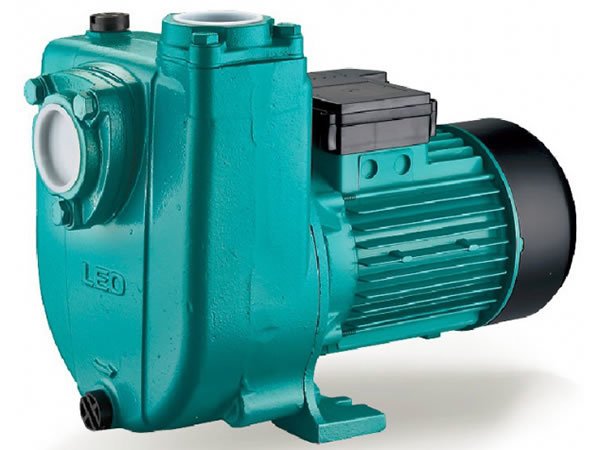
There are some points to be considered when choosing self-priming pumps. First of all, the capacity of the pump must be suitable for the flow and pressure values you need. In addition, the pump must be made of suitable material according to the properties of the liquid it will work with.
For example, corrosion-resistant materials such as stainless steel or plastic may be preferred. Finally, to ensure that the pump complies with safety and quality standards, it is also necessary to check information such as the manufacturer and warranty period.
It is a practical and economical solution to ensure the flow of water. Thanks to these pumps, you can easily use water even in places that are not close to the water source. You can contact us for more information about self-priming pumps.
5 questions and answers about Self Priming Pump
A self-priming pump is a type of pump that does not need any external help to suck in water. These pumps create an air cavity inside themselves to allow the water to flow.
Suction pumps are preferred in many areas due to their simple construction, easy operation and low cost. Here are 5 questions and answers about self-priming pumps:
How does it work?
The self-priming jet pump must be filled with water before it starts. When the pump starts, the impeller rotates the water, creating an air gap. This air gap allows the water to be sucked in. The sucked water is directed towards the center of the impeller, from where it is pressurized and sent to the outlet pipe.
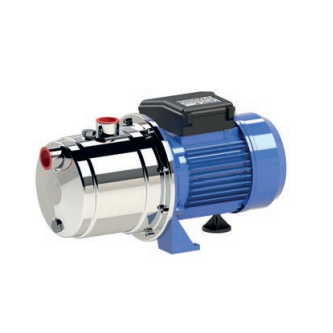
Where is it used?
Self-priming jet pumps are used in situations where water needs to be taken from one place and transported to another. For example, self-priming pumps can be preferred in applications such as irrigation, drainage, fire extinguishing, pool cleaning, rainwater collection.
How Much Can He Suck?
The amount of water that self-priming pumps can suck varies depending on the pump. Generally, self-priming pumps can suck water from a depth of 6-8 meters. However, this value may vary depending on the power of the pump, the size of its impeller and the diameter of the pipes.
How to choose a self-priming pump?
When choosing a self-priming pump, there are some factors to consider. These are:
Capacity of the pump: It is important how much water the pump can transport per hour. This value should correspond to the amount of water needed.
The pressure of the pump: It is also important how high the pump can lift the water. This value must be compatible with the height to which the water will be transported.
Power of the pump: The electrical power required for the operation of the pump must also be taken into account. This value must correspond to the capacity of the electricity supply.
Material of the pump: The material used in the construction of the pump is also important. This material must be durable and suitable according to the characteristics of the water and the area of use.
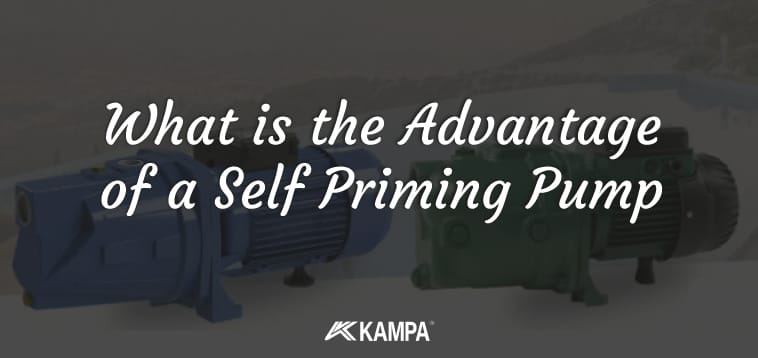
How to maintain a self-priming jet pump?
Self-priming pumps require regular maintenance for long life and efficient operation. The following steps should be followed during maintenance:
Cleaning the pump: After stopping the pump, it is necessary to drain the water remaining inside. Then it is necessary to wipe the pump inside and outside with a clean cloth.
Lubricating the pump: It is necessary to lubricate the moving parts of the pump to reduce friction. It is necessary to use a suitable oil for this.
Checking the pump: It is necessary to check the pump for any damage or wear that could affect its operation. If there is, it should be repaired or replaced.
The types of self-priming pumps are as follows:
- Jet pumps Jet pumps work with a nozzle that sprays water at high pressure. The nozzle creates a vacuum by increasing the velocity of the water, thus sucking it in. Jet pumps are widely used in well and drilling applications.
- Peripheral pumps: Peripheral pumps suck in water with a rotating impeller. The impeller creates a ring around the water, creating a pressure difference and thus drawing the water. Peripheral pumps are preferred for small flow and high pressure applications.
- Centrifugal pumps: Centrifugal pumps suck in water with a rotating fan. The fan pushes the water outward with centrifugal force, thus creating a vacuum in the center. Centrifugal pumps are used in large flow and low pressure applications.
Click here for self-priming pump prices. Click here for detailed information about water pumps.

